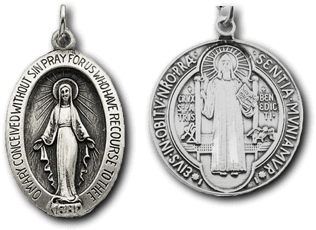Did Adam and Eve really eat an apple?
QUESTION? / COMMENT!
Why do people believe that Adam and Eve ate an apple when the bible does not say so? Are apples evil fruit?
ANSWER! / COMMENT!
I don't know if it was really an apple that Adam and Eve ate? It says they ate of the fruit, but it certainly could have been an apple. To me that's an almost trivial aspect of history.
Adam and Eve, the father and mother of humanity, really chose to turn against God at the impetus of Satan. The Devil used a strategy on them that he continues to use today, that is QUESTION GODS AUTHORITY and CREATE YOUR OWN REALITY. That is the meaning of this story.
Here is another answer I found which sounds logical:
“It might actually have been a pear or even a pomegranate but, for most of us, when we think of the Garden of Eden we think of apples as the forbidden fruit. This association between an apple and original sin is most likely due to the fact that in latin the word for apple and evil is the same: malum. It only differs in pronunciation” (Father James M. Sullivan O.P. serves as novice master for the Dominican Province of St Joseph at St Gertrude Priory in Cincinnati Ohio; Magnificat vol 15., no.11, Jan 2104, p.6).
Best Answer - Chosen by Asker: The Hebrew word tap·pu′ach, commonly translated “apple,” appears a number of times in the Bible. But it is not used in describing “the tree of the knowledge of good and bad.” (Genesis 2:9, 17; 3:6) Where, then, did the tradition that the apple was the forbidden fruit come from?
According to Plants of the Bible, by H. N. Moldenke, this idea was “due, no doubt, to the influence of Medieval and Renaissance artists who so depicted it.” For example, about the famous painting The Garden of Paradise by Peter Paul Rubens (1577-1640), now in the Hague Gallery, Moldenke observed: “The fruit on the Tree of Knowledge of Good and Evil, with the serpent coiling among its branches, seems definitely to be apples. This painting is probably one of those to which we owe the presently widely held misconception that the apple is a Bible plant.”
Regarding the painting Adam and Eve (see above) by the German court painter Lucas Cranach the Elder (1472-1553), in which the apple is depicted, Moldenke commented that the Renaissance painters “loved retaining their right to rely on their imagination when they chose.” Other artists of the time, such as Tintoretto and Titian, did the same in their paintings on the same theme.
Probably among the first to put the idea down in writing, however, was the famous English poet John Milton. In his Paradise Lost (1667), Milton wrote of the temptation of Eve by the serpent:
“On a day, roving the field, I climbed
A goodly tree far distant to behold,
Loaden with fruit of fairest colours mixed,
Ruddy and gold. . . .
To satisfy the sharp desire I had
Of tasting those fair Apples, I resolved
Not to defer; hunger and thirst at once—
Powerful persuaders—quickened at the scent
Of that alluring fruit, urged me so keen.”
Thus, not from God’s Word, the Bible, but from the fanciful imagination of artists and poets has come one of the most popular traditions of Christendom. What was the fruit? The Bible simply does not say, for the vital point is not the fruit but man’s disobedience.—Romans 5:12.
Judaism also has the midrash, ie. oral tradition handed down from Father to the Son which interprets Scripture. Adam & Eve ate from an apple tree and they covered themselves with leaves from the Apple tree – this is also Midrash. https://jewishaction.com/religion/jewish-law/whats-truth-apple-garden-ed...




